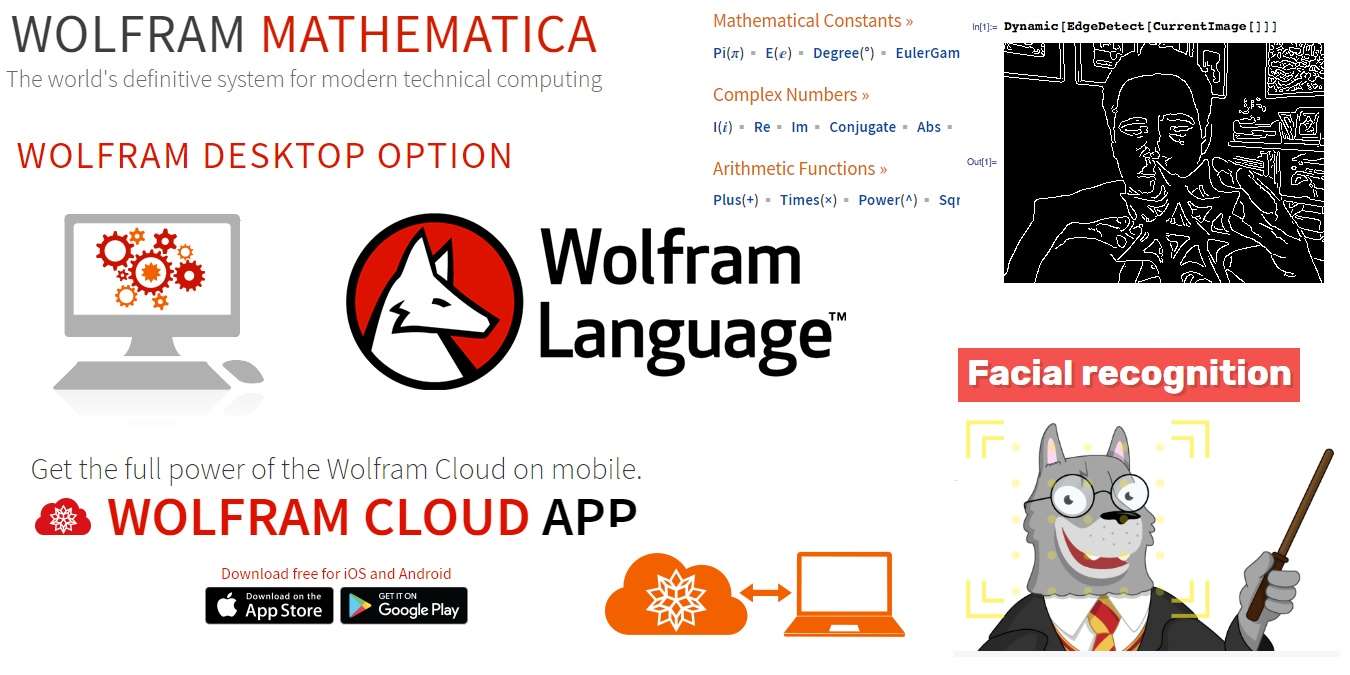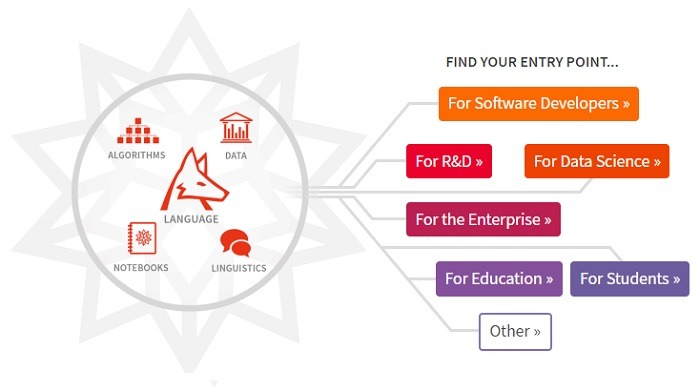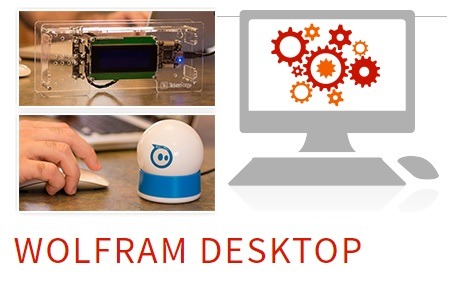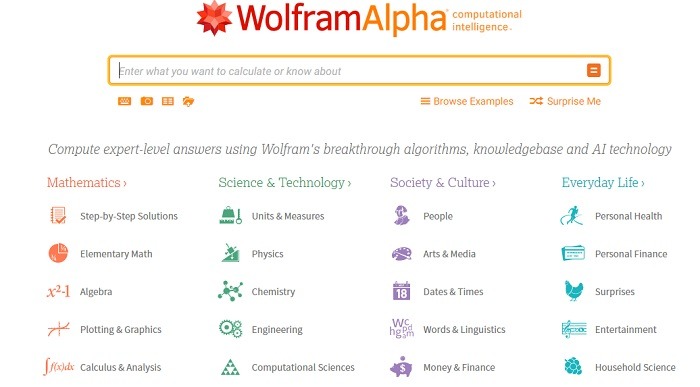
Artificial intelligence (AI) is impacting our daily lives in more ways than one. Wolfram is one of the most powerful AI tools with a wide range of computing models impacting nearly every industry.
Some of Wolfram’s applications include machine learning, data visualization, cognitive computing and smart devices. Considering each one is a vast field in itself, it would not be out of place to describe Wolfram as a potential de facto AI component of Internet of Things.
What Is Wolfram? What Does It Do?
Wolfram is a unified computing language that brings together algorithms, data, images, videos and human communication to create a great range of capabilities and developments.
It was developed in June 2013 by Stephen Wolfram, the founder and CEO of Wolfram Research. As a program, it remains open source and readily available for students, data scientists and software developers.

Given its vast potential, Wolfram can serve as a universal AI language to bridge and perform data analysis for different needs.
Components and Applications of Wolfram
Wolfram has many vastly different components with their own individual products and applications. Among many, here are just a few.
Wolfram Cloud. Using advanced computing intelligence, Wolfram Cloud provides parallel computing requirements for cloud-residing data.
Wolfram Desktop. Compared to Wolfram Cloud, Wolfram Desktop leverages local desktop data for interactive controls over many local devices such as cameras, microphones and more.

Wolfram Engine. Available for Windows, Mac and Linux, Wolfram Engine is a downloadable program that developers can use. Further, a free license is available for non-production use.
Wolfram|One. Wolfram|One is a cloud and desktop hybrid solution.
Wolfram Language. It describes itself as the world’s first high-level language simultaneously for humans and AI.
Wolfram Alpha. Wolfram Alpha is a reverse search engine that combines computing and real world data to help you calculate or find results for a huge range of keywords. In fact, this search engine is completely free to use.

Mathematica. Wolfram’s programming interface for mathematical functions.
Wolfram for Raspberry Pi. Wolfram has a large number of applications available for your Raspberry Pi projects. At the moment, it is patently bundled and available for free with Raspberry Pi software.
Facial recognition is one of the interesting Raspberry Pi applications with the Wolfram AI engine. Clearly, you might recall them from fun quizzes on social media websites like the one below.

Wolfram Role in Smart Devices
Smart device players are using many Wolfram tools to integrate artificial intelligence in their products. In fact, Raspberry Pi has a dedicated section for Wolfram, and Arduino is following suit.
There are a few reasons why Wolfram is becoming very popular for smart device products.
- It is free: for non-production environments, most of the Wolfram-related software remains free. Enterprise applications cost a small amount.
- Vast knowledge and database: Wolfram reverse search engine and many other tools acquire a lot of knowledge, making it a very powerful resource for AI developers.
- Popularity among developers: many developers prefer Wolfram for its easy to use tools.
Summary
The future growth of IoT hinges on how successfully AI can integrate into smart devices. Commercial and non-commercial AI languages are seeing a huge spurt in demand. Wolfram, on account of its numerous advantages and open source capabilities, remains fairly popular.
Do you like to work with Wolfram? Let us know your thoughts about this open source technology in the comments below.
Get the best of IoT Tech Trends delivered right to your inbox!










